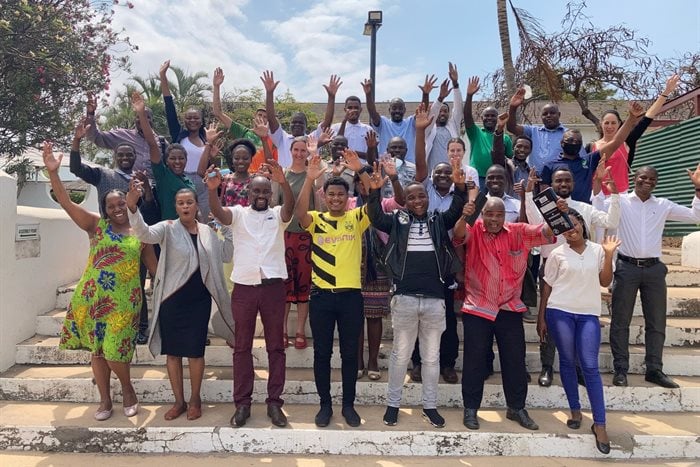New €6.7m Southern Africa biodiversity knowledge-building project commences

The South African National Biodiversity Institute (Sanbi) is the lead implementing agency in the project with country coordination by the Namibian Ministry of Environment, Forestry and Tourism, the Wildlife Conservation Society country office in Mozambique, and the Malawi University of Science and Technology.
The project will extend over five years to May 2027.
Agence Française de Développement (AFD) and Fonds Français pour l’Environnement Mondial (FFEM) will each grant €2m to co-finance the project.
The project will assess a wide range of different species and ecosystems in each country, utilising the Red List standards set by the International Union for the Conservation of Nature (IUCN). These species and ecosystems are under pressure from infrastructure and agricultural development, overutilisation of natural resources (charcoal, poaching, etc.), pollution, biological invasions and climate change.
SBAPP processes involve a wide range of stakeholders – including scientists based at national and local government agencies, national and international non-governmental organisations, university-based academics, independent consultants, citizen scientists, local knowledge holders and community groups. Each country is therefore contributing substantial additional resources through the multiple partnerships and key people involved in this project.
World’s richest ecosystems
Carol Poole, deputy director of biodiversity research projects at Sanbi, says the region is a priority for a number of reasons. “It hosts species found nowhere else on Earth and some of the world’s richest ecosystems. These are an important part of the world's natural heritage and are a source of economic activity and employment. They also serve communities by supplying free essential services such as clean water and air, improved soil productivity and pollination,” says Poole.
The project, which will map and monitor various components of biodiversity, will supply valuable information for the development of national strategies and action plans. It will equip authorities to better allocate scarce resources, prioritise conservation efforts in the most relevant areas, and more broadly ensure that biodiversity is mainstreamed into local, regional and national spatial planning and decision-making.
Says Poole: “It is vital for countries to know what biodiversity they have, where it is, and what state it is in. This basic information has multiple applications – including for planning how and where conservation action could be prioritised and for policies and cross-sectoral frameworks to ensure that development is sustainable. Governments and relevant stakeholders know they are then taking threatened species and ecosystems into account when making decisions about appropriate land use and sustainable utilisation of natural resources.”
Biodiversity loss and climate change
Poole notes that two of the most critical challenges that human society faces today are the loss of biodiversity, and the impacts of climate change. The two are closely intertwined.
Fully functioning ecosystems can provide protection against changing climatic conditions. For example, intact coastal dunes and functioning wetlands and estuaries are better able to protect people and built infrastructure from the impacts of extreme weather events, such as those recently experienced in KwaZulu-Natal in South Africa. They help reduce the economic burden associated with such disasters.
All four SADC countries have begun some aspects of SBAPP processes, but many still have a long way to go. Working on a regional basis is of prime importance because the four countries share cross-border ecosystem types and species populations, and have similar pressures that impact ecological condition.
Strengthening national knowledge
The project will support each government’s ability to continue their efforts as well as deliver on post-2020 biodiversity commitments that form part of the international agreements to which they are signatories. SBAPP processes and products are seen as a priority by the Convention on Biological Diversity (CBD), one of the three conventions of the parties to the 1992 Rio Earth Summit. Yet, fewer than 5% of African countries that are parties to the CBD currently have spatial data on biodiversity to enable them to make informed decisions and policies on land use planning and biodiversity protection.
The SBAPP project is expected to strengthen the national knowledge base on biodiversity in all four countries, ensure this knowledge informs land use planning and decision-making, and provide a basis for future biodiversity monitoring and the development of environmental policies and strategies. The information collected as part of the project will be owned by the participating countries and will be made publicly available.

























